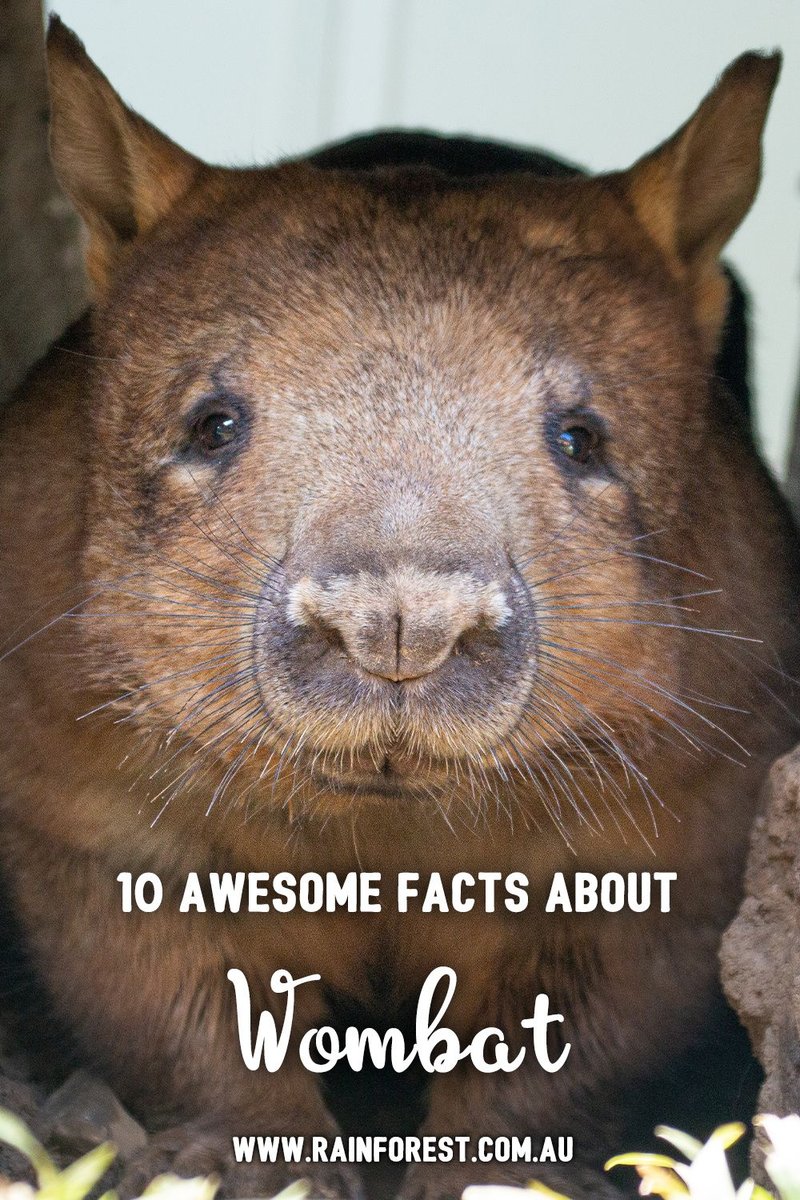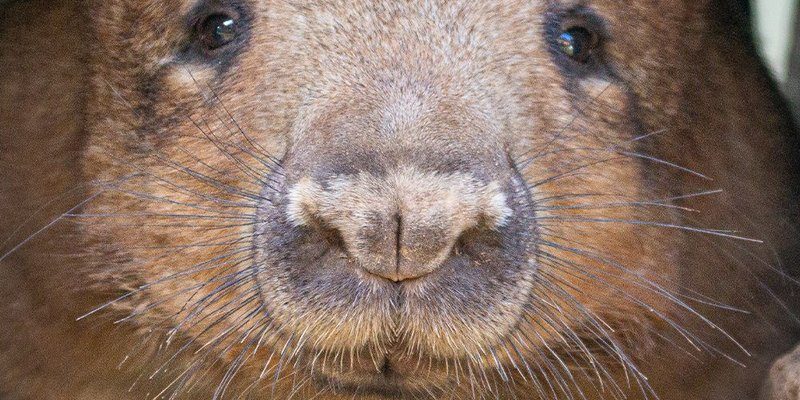
As we dive into the world of wombats, you might find yourself captivated by their quirky lifestyle and interesting adaptations. These animals are not only cute but are also remarkable examples of evolution in action. So grab your favorite drink and settle in as we dive into the marvelous realm of wombats!
1. Unique Body Structure
Wombats have a rather **distinctive body shape**. Their squat, muscular bodies are built for digging, which is crucial for their survival. These little giants can weigh up to **110 pounds** and measure about three feet long! Their strong limbs and broad paws are perfectly adapted for burrowing into the ground. You might be surprised to learn that wombats can create extensive burrow systems—sometimes reaching **over 100 feet long**.
A wombat’s body shape helps them move efficiently underground. They also have a tough, thickened skin on their backs, which protects them from predators when they retreat to their burrows. It’s like having a built-in shield! With these adaptations, wombats can safely navigate their underground homes while avoiding threats above ground.
2. Wombat Poop: A Square Affair
One of the most bizarre yet captivating facts about wombats is their **square-shaped poop**! Yes, you read that right. Wombats produce poop that is cube-shaped. It might sound silly, but there’s a lot of science behind it. The unique shape helps the droppings stay in place and mark territory without rolling away.
Researchers believe that the shape is created during the digestion process, where the intestines play a key role. The poop serves not only as a territorial marker but also as a way for wombats to communicate with each other. Imagine leaving a little gift behind to let your friends know you’ve been around! This quirky trait adds another layer of charm to these lovely creatures.
3. Fantastic Digging Skills
Wombats are incredible diggers. They can dig a burrow at a pace of around **one meter per minute**. That’s about as fast as a speedy snail, but considering their size, it’s pretty impressive! Their claws are powerful and strong, designed specifically for digging through tough dirt and roots.
The burrows they create provide protection from the harsh Australian climate and predators. Each wombat can have multiple burrows, so if one gets compromised, they have a backup plan. It’s like having a secret underground fortress—how cool is that?
4. They Love to Sleep
If you thought sloths were the champions of lounging, think again! Wombats can snooze for up to **16 hours a day**. They’re mostly nocturnal creatures and prefer to come out at night. You might say they live a life of comfort, burrowing into their cozy homes during the heat of the day and stepping out only when it cools down.
Their lifestyle is perfectly suited to avoid the hottest parts of the day, helping them conserve energy and stay safe from potential threats. So, if you ever find yourself dozing on a lazy afternoon, you’re in good company with the wombats!
5. Social Creatures with Personality
Wombats might seem solitary, but they can have interesting social interactions with other wombats. They communicate using a variety of sounds, from grunts to growls. Some even say they can form strong bonds with fellow wombats. You might be surprised to learn that they can show playful behavior too!
It’s essential for their social structure, especially in areas where they live in close proximity to each other. Watching wombats interact can be a heartwarming experience, as they demonstrate their playful yet shy nature. It’s like catching a glimpse of a friendly neighborhood gathering!
6. Their Diet: Grazers at Heart
Wombats are herbivores, meaning they primarily eat plants. They have a diet that consists mainly of grasses, roots, and bark. Their strong teeth and jaws are perfect for munching on tough vegetation. Honestly, wombats are like little gardeners, helping to maintain the balance of their ecosystem as they graze on plant life.
One fascinating aspect of their diet is their **low metabolic rate**. This means they take a long time to digest their food, which can sometimes take up to **two weeks**! This slow process allows them to extract every possible nutrient from their meals, ensuring they have the energy to dig and explore.
7. Unique Reproductive Traits
Wombats have a fascinating reproductive process. Female wombats can carry their young in a pouch, much like kangaroos. However, here’s the twist: their pouch faces **backward**! This unique feature prevents dirt from getting into the pouch while they dig.
Baby wombats, called **joeys**, usually stay in their mother’s pouch for about **six months** before venturing out into the world. After that, they continue to nurse for several more months. The bond between mother and joey is incredibly strong, showcasing the nurturing side of these creatures.
8. Conservation Status
Wombats face several threats in the wild, which has led to varying conservation statuses. While some species like the common wombat are relatively secure, others, such as the northern hairy-nosed wombat, are critically endangered. Habitat destruction, disease, and predation by introduced species like foxes and cats pose significant challenges for their survival.
Conservation efforts are ongoing to protect these remarkable animals. Organizations are working to restore their natural habitats and educate the public about their significance in the ecosystem. It’s a race against time, and every bit of support counts!
9. Wombats and Their Habitat
Wombats call the bushland, open forests, and grasslands of Australia their home. They prefer environments that provide plenty of vegetation and ample digging space. Interestingly, wombats are usually found in cooler elevated areas compared to their counterparts like kangaroos, who thrive in more arid regions.
Their homes are essential not only for their safety but also for creating a healthy ecosystem. The burrows wombats dig can later be used by other animals, providing a multitude of benefits to various species. It’s like they’re the unsung heroes of the Australian wilderness!
10. Their Cultural Significance
In Australia, wombats hold a special place in the hearts of many. They appear in Aboriginal folklore and are celebrated in stories and art. Their cute, stout figure has become a symbol of Australia, representing the unique wildlife found on the continent.
You might even spot wombats on souvenirs, clothing, and merchandise, highlighting their beloved status among both locals and tourists. There’s something undeniably charming about these furry creatures that captivates the imagination and warms the heart.
In conclusion, wombats are more than just adorable little critters—they are fascinating animals with unique adaptations, behaviors, and cultural relevance. Whether it’s their cube-shaped poop, their incredible digging skills, or their nurturing nature, wombats have much to teach us about the complexity of wildlife. So next time you think of Australia, don’t forget to give a thought to these remarkable marsupials!

